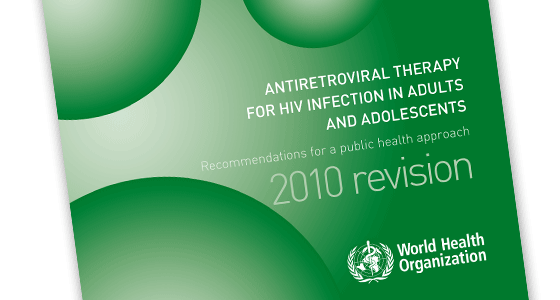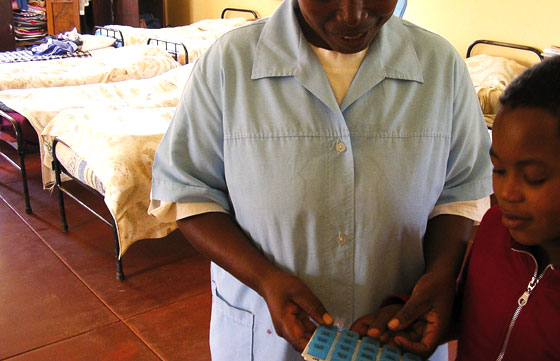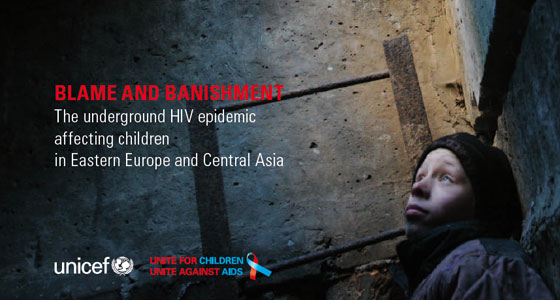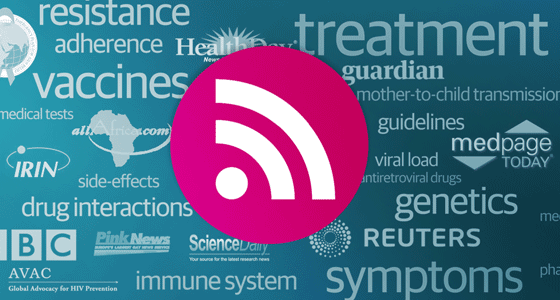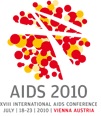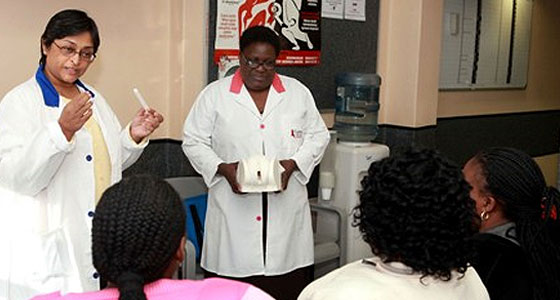
Prof. Quarraisha Abdool Karim, Associate Scientific Director of CAPRISA, explains how to use an applicator with gel. (Image: blogs.timeslive.co.za)
For women who used the gel during four out of the last five times they had had sex, the risk of HIV infection was reduced by 54%. The microbicide also had another important benefit, halving the risk of infection with genital herpes.
The randomised, placebo-controlled trial – called CAPRISA 004 – was conducted in South Africa. It involved 889 HIV-negative women who were randomised to receive the tenofovir-containing gel or a placebo. They were monitored for two and a half years.
Results from the study will be officially presented to the AIDS 2010 conference in Vienna today, but they have already generated a lot of excitement.
“This is an important day,” said Yasmin Halima, director of the Global Campaign for Microbicides. “We now have evidence that a vaginal gel can help prevent HIV. This is good news for women, good news for the field and a good day for science.”
A webcast of this session will be available on the Kaiser Family Foundation website later today.



